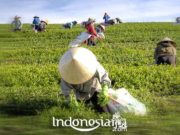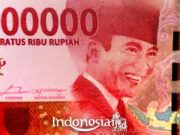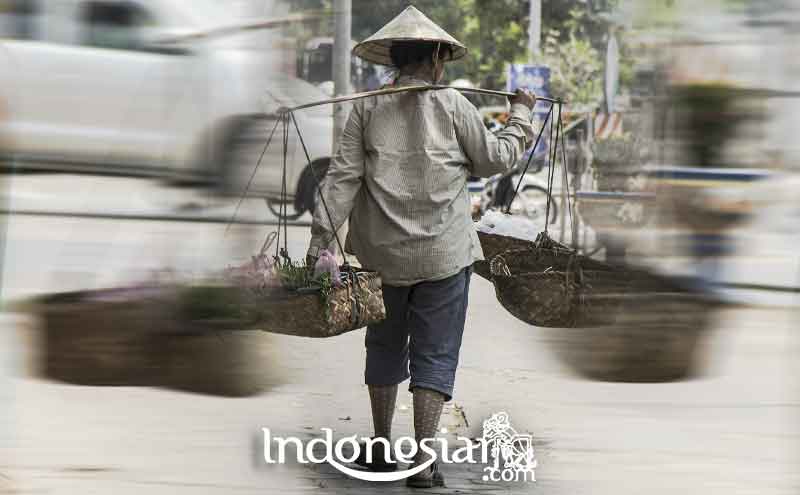The area of Beringharjo Market was originally a banyan forest. Not long after the founding of the Kraton Yogyakarta in 1758, this market area was used as a place for economic transactions by residents of Yogyakarta and its surroundings. Hundreds of years later on March 24, 1923, the Yogyakarta Palace commissioned Nederlansch Indisch Beton Maatschappij (Dutch Indies Concrete Company) from Surabaya to build market booths. Market development starts from the west in the form of offices and stalls. By the end of August 1925, 11 stalls had been resolved and others had followed gradually.
The name Beringharjo was given after the reign of Sri Sultan Hamengku Buwono VIII on March 24, 1925. Sri Sultan Hamngku Buwono VIII ordered that all agencies under the Sultanate of Yogyakarta use Javanese. The name Beringharjo was chosen because it means an area that was originally a banyan forest (bering) which was expected to provide prosperity (harjo). The name Beringharjo itself is considered appropriate because the location of the market is a former banyan forest and the banyan tree is a symbol of greatness and protection for many people.
Pasar Beringharjo has historical and philosophical value with the Kraton Yogyakarta because it has gone through three phases, namely the kingdom, colonialism, and independence. The development of the Beringharjo Market is part of the urban planning design of the Sultanate of Yogyakarta which is called Catur Tunggal. This urban planning pattern includes four things, namely the palace as the center of government, the square as a public space, the mosque as a place of worship, and the market as the center of economic transactions.
Source : Kemdikbud


































